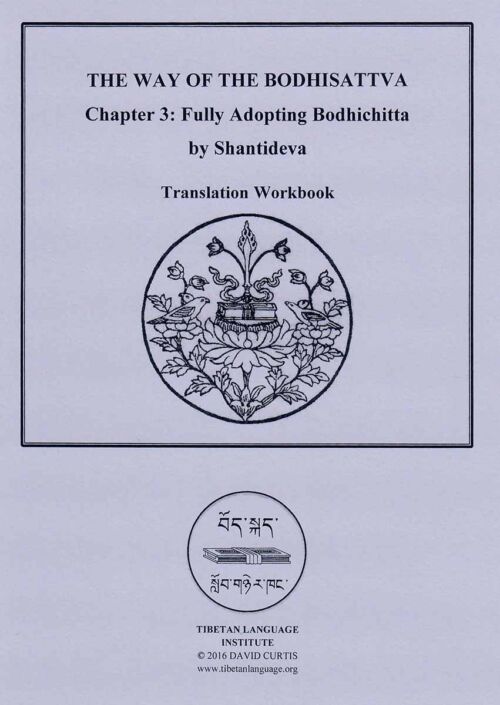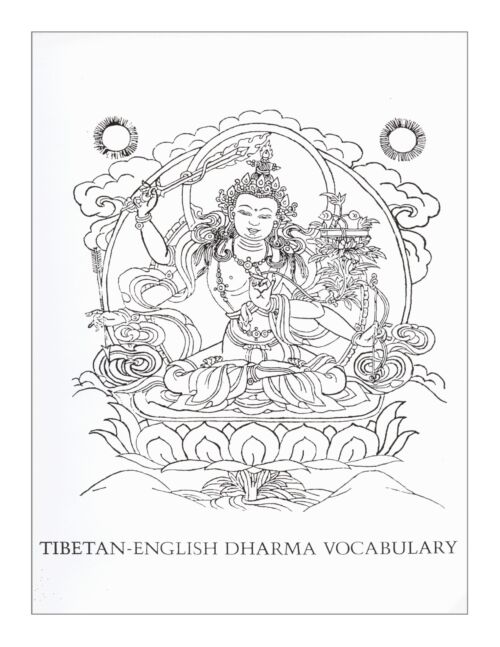-
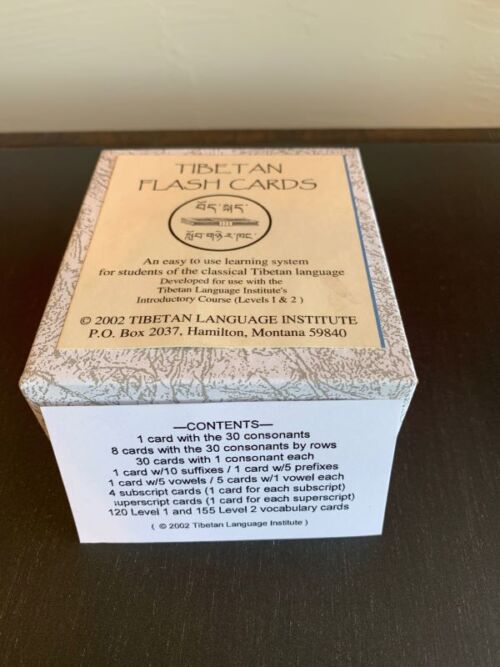 These flashcards are being used by students all over the world to learn basic Tibetan vocabulary. They contain all of the carefully chosen vocabulary words from both the Level I Workbook and Level II Workbook (over 250 words).
These flashcards are being used by students all over the world to learn basic Tibetan vocabulary. They contain all of the carefully chosen vocabulary words from both the Level I Workbook and Level II Workbook (over 250 words). -
Out of stock
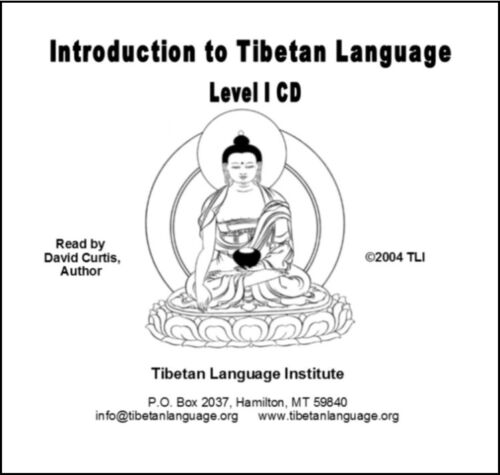 Introduction to the Tibetan Language - Level I CD (Two CD Set) This audio CD set features Lama David Curtis slowly and clearly spelling and reading all of the Tibetan words found in the Level I Workbook. Students will find it very helpful to be able to practice listening and repeating--like having a language lab in your home!
Introduction to the Tibetan Language - Level I CD (Two CD Set) This audio CD set features Lama David Curtis slowly and clearly spelling and reading all of the Tibetan words found in the Level I Workbook. Students will find it very helpful to be able to practice listening and repeating--like having a language lab in your home! -
Out of stock
 This DVD set is intended to be used with the Level I Workbook. It is based on Lama David’s highly successful course on learning to read Tibetan, condensed into a three-hour presentation, in a studio-recorded 2 DVD set. Rob H, TLI student says: “I love my Level 1 DVD. I can work at my own pace every day and revisit lectures when I want a quick refresher on a subject or pronunciation. It honestly is the next best thing to attending a class.”
This DVD set is intended to be used with the Level I Workbook. It is based on Lama David’s highly successful course on learning to read Tibetan, condensed into a three-hour presentation, in a studio-recorded 2 DVD set. Rob H, TLI student says: “I love my Level 1 DVD. I can work at my own pace every day and revisit lectures when I want a quick refresher on a subject or pronunciation. It honestly is the next best thing to attending a class.” -
Out of stock
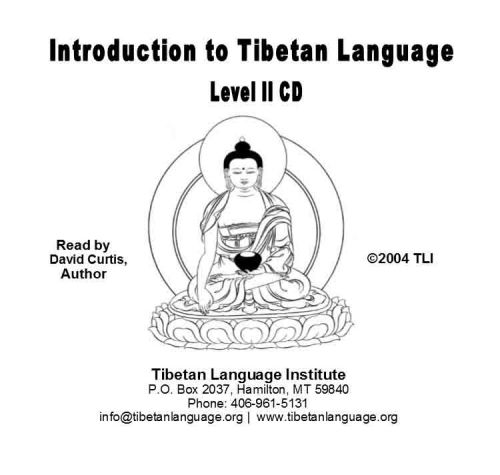 Lama David Curtis slowly spells and reads all of the Tibetan words found in the Level II Workbook. Easy way to learn more Dharma vocabulary.
Lama David Curtis slowly spells and reads all of the Tibetan words found in the Level II Workbook. Easy way to learn more Dharma vocabulary. -
Out of stock
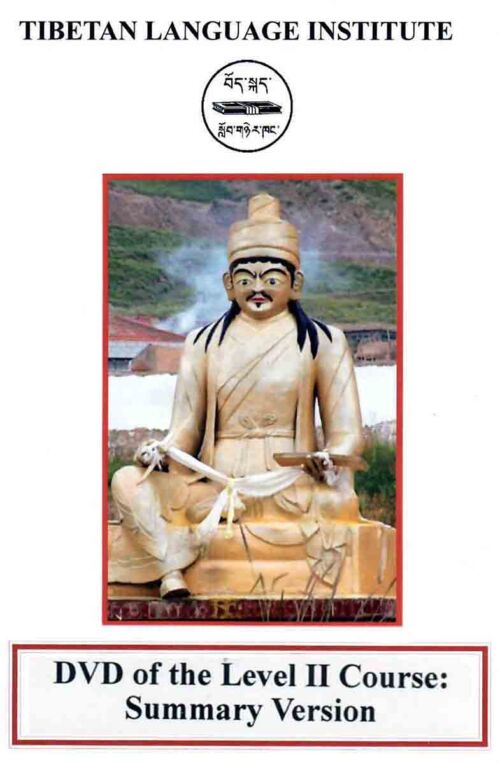 This unique presentation in DVD format is an invaluable aid for students serious about enhancing their study and practice of Tibetan Buddhism by learning to read Tibetan.
This unique presentation in DVD format is an invaluable aid for students serious about enhancing their study and practice of Tibetan Buddhism by learning to read Tibetan. -
Out of stock
 Learning Tibetan is made meaningful and fun with this 5-hour, 2-DVD set, designed to accompany the Introduction to the Tibetan Language - Level III Workbook.
Learning Tibetan is made meaningful and fun with this 5-hour, 2-DVD set, designed to accompany the Introduction to the Tibetan Language - Level III Workbook. -
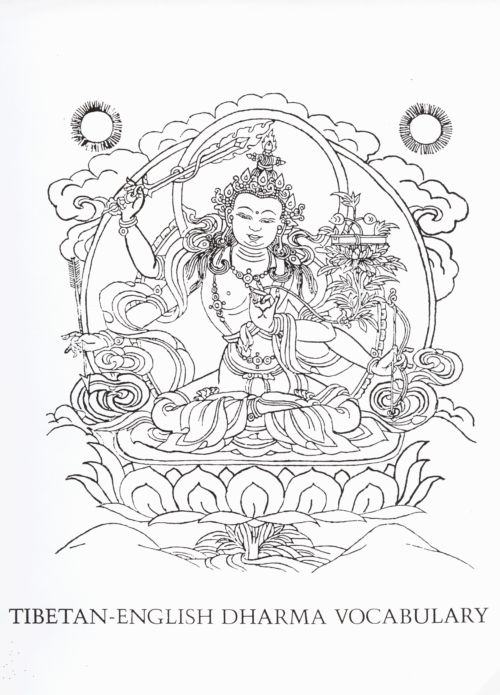
 Learn the carefully chosen 212 vocabulary words found in the Level III Workbook.
Learn the carefully chosen 212 vocabulary words found in the Level III Workbook. -
 Our text is P'a Dampa's final teaching to his students in Ding Ri. Revered for nearly a thousand years by lamas and practitioners, his teaching contains practical and profound advice that still speaks to us today. The workbook contains the English translation, workbook pages for the student, an interlinear translation, and reading practice pages.
Our text is P'a Dampa's final teaching to his students in Ding Ri. Revered for nearly a thousand years by lamas and practitioners, his teaching contains practical and profound advice that still speaks to us today. The workbook contains the English translation, workbook pages for the student, an interlinear translation, and reading practice pages. -
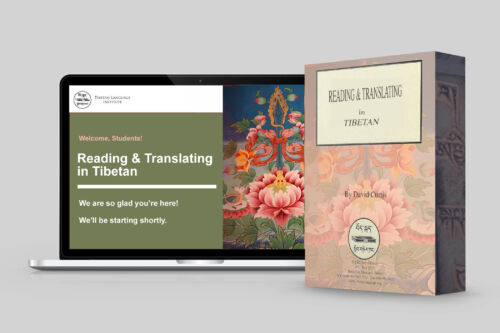 Completing the Level II Course, students are empowered to delve deeper into their study of Tibetan using various TLI reader/translation workbooks. As with previous courses, the group reads and studies a Classical Tibetan text such as the Heart Sutra in conjunction with the study of The Divine Tree Grammar Poem and Commentary. With Lama David as your experienced guide, we will study in an integrated manner to learn more about Tibetan grammar and vocabulary, as well as about Tibetan Buddhism.
Completing the Level II Course, students are empowered to delve deeper into their study of Tibetan using various TLI reader/translation workbooks. As with previous courses, the group reads and studies a Classical Tibetan text such as the Heart Sutra in conjunction with the study of The Divine Tree Grammar Poem and Commentary. With Lama David as your experienced guide, we will study in an integrated manner to learn more about Tibetan grammar and vocabulary, as well as about Tibetan Buddhism. -
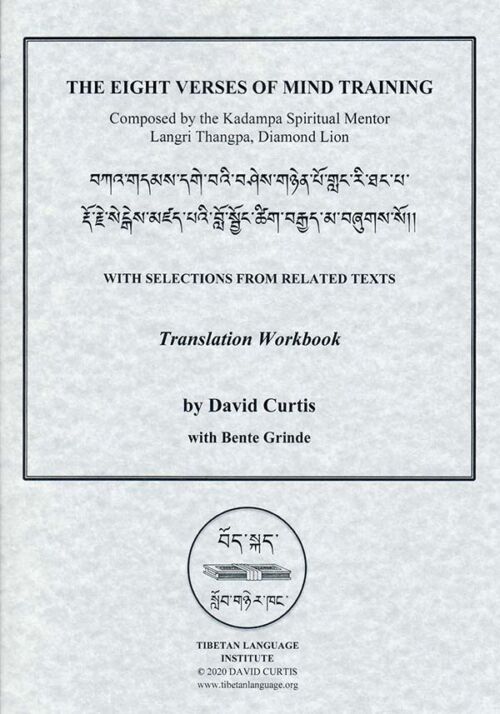 Become a better reader of Tibetan and engage more deeply with authentic Dharma teachings. Although written a thousand years ago by Kadampa spiritual mentor Geshe Langri Thangpa, the 8 Verses remains a brilliant lojong teaching that speaks right to our hearts in these challenging times. This a teaching that is still enthusiastically embraced by all lineages of Tibetan Buddhism. It has been taught by the 14th Dalai Lama, Lama Zopa Rinpoche, and most recently by Anam Thubten Rinpoche. Our workbook also has additional 4-line verses from various texts having to do with compassionate development of bodhicitta (the Heart of Awakening): a prayer from the Green Tara Sadhana, a verse from chapter 9 of Shantideva’s Engaging in the Conduct of the Bodhisattva, and a prayer from the Chenrezig Sadhana.
Become a better reader of Tibetan and engage more deeply with authentic Dharma teachings. Although written a thousand years ago by Kadampa spiritual mentor Geshe Langri Thangpa, the 8 Verses remains a brilliant lojong teaching that speaks right to our hearts in these challenging times. This a teaching that is still enthusiastically embraced by all lineages of Tibetan Buddhism. It has been taught by the 14th Dalai Lama, Lama Zopa Rinpoche, and most recently by Anam Thubten Rinpoche. Our workbook also has additional 4-line verses from various texts having to do with compassionate development of bodhicitta (the Heart of Awakening): a prayer from the Green Tara Sadhana, a verse from chapter 9 of Shantideva’s Engaging in the Conduct of the Bodhisattva, and a prayer from the Chenrezig Sadhana. -
 Become a better reader of Tibetan and engage more deeply with authentic Dharma teachings. The Three Princpal Aspects of the Path by Je Tsongkhapa (1357-1419) is a concise and beautifully crafted text, rich in Buddhist philosophical meaning. In just 14 verses, it offers a brief, highly-polished summary of the path (lamrim) to enlightenment. The Three Principal Aspects of the Path can be regarded as a highly condensed version of the Lamrim Chenmo, Tsongkhapa's magnum opus. Despite being over 600 years old, it is still an important text in the Tibetan Buddhist tradition.
Become a better reader of Tibetan and engage more deeply with authentic Dharma teachings. The Three Princpal Aspects of the Path by Je Tsongkhapa (1357-1419) is a concise and beautifully crafted text, rich in Buddhist philosophical meaning. In just 14 verses, it offers a brief, highly-polished summary of the path (lamrim) to enlightenment. The Three Principal Aspects of the Path can be regarded as a highly condensed version of the Lamrim Chenmo, Tsongkhapa's magnum opus. Despite being over 600 years old, it is still an important text in the Tibetan Buddhist tradition. -
Out of stock
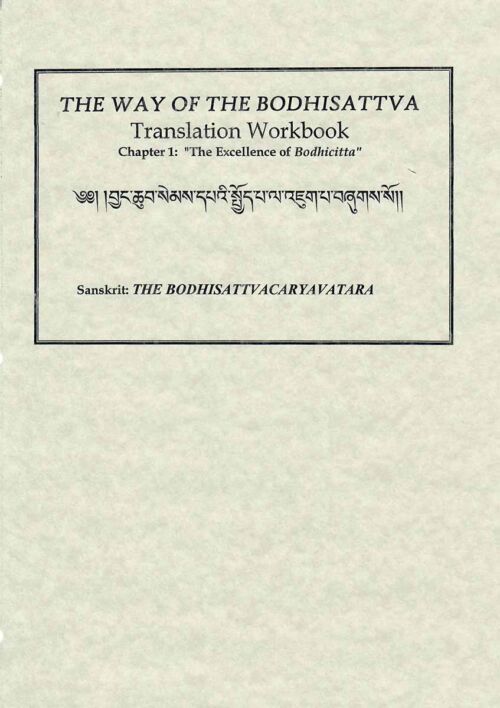 Composed in the 8th century, this text becomes richer and richer with each reading--it combines those rare qualities of scholastic precision, spiritual depth, and poetical beauty.
Composed in the 8th century, this text becomes richer and richer with each reading--it combines those rare qualities of scholastic precision, spiritual depth, and poetical beauty. -

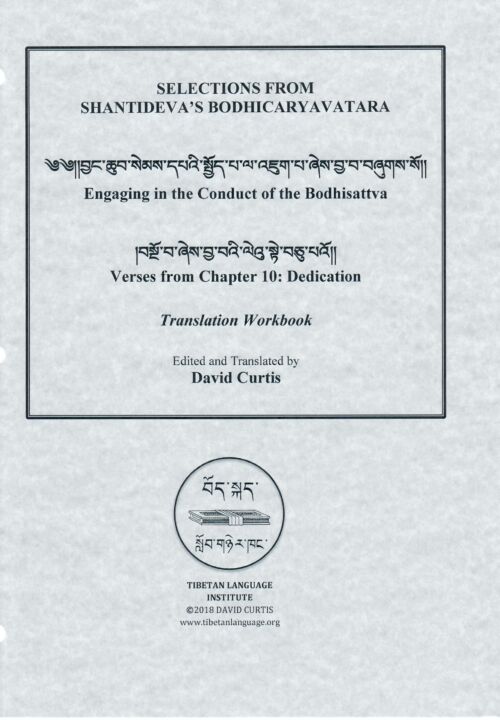 This Chapter 10 translation workbook includes:
This Chapter 10 translation workbook includes:- 4 Verses of Tibetan per page, with English translation on facing page
- Reading practice pages
- Annotated Tibetan-English Glossary
- Appendices: Abbreviations; Verb Classes; Table of Contents for the Tibetan text of the Divine Tree Grammar Poem.
-
Out of stock
 Learning Tibetan can significantly enhance your study and practice of the Dharma. Study from the convenience of your own home. Study materials are sold separately.
Learning Tibetan can significantly enhance your study and practice of the Dharma. Study from the convenience of your own home. Study materials are sold separately.






